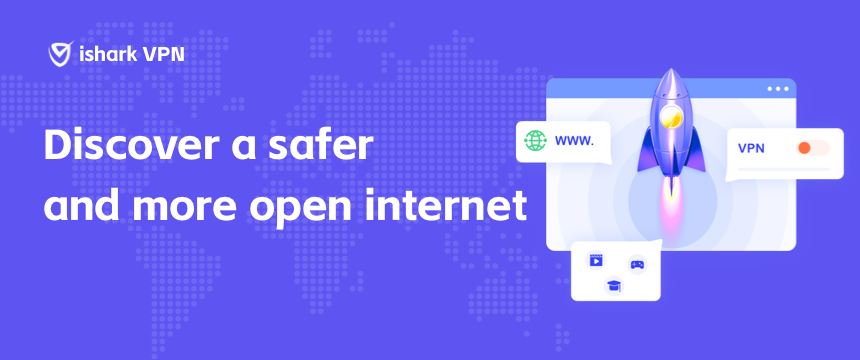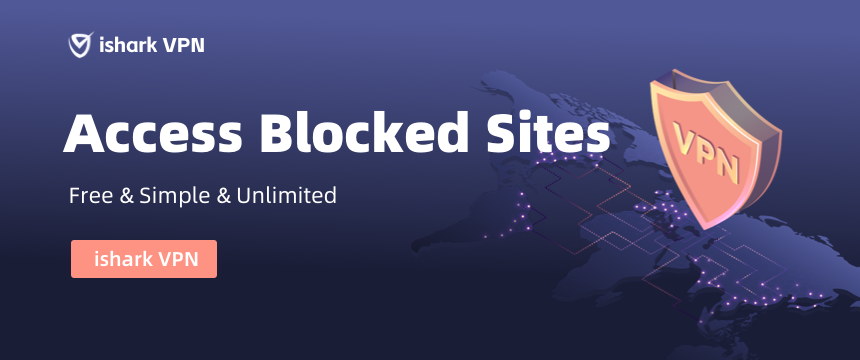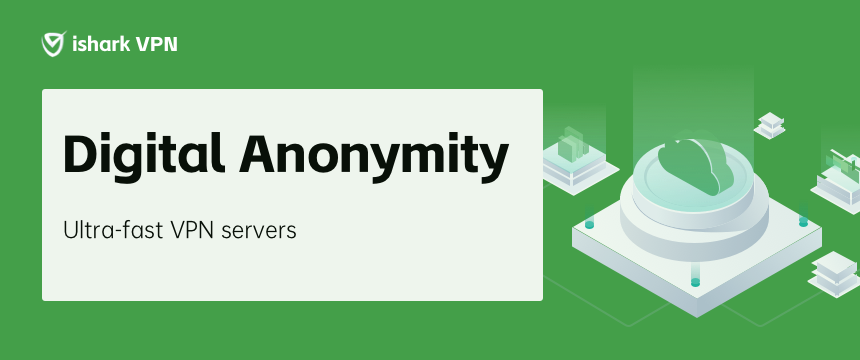In-Depth Analysis of VPN: Principles, Operation Modes, and Workflow
ishark blog article
In the era of rapid digital advancement, network security and privacy have become paramount concerns.
Virtual Private Networks (VPN) have emerged as a popular technology, offering users secure online connections and privacy protection.
However, for many, the inner workings of VPN—covering their principles, operation modes, and workflow—remain a relatively complex concept.
This article delves into the various facets of VPN, from the data encryption and tunneling technologies that underpin their principles, to the operation modes involving virtual location shifting and bypassing restrictions, and finally, to the workflow encompassing connection establishment and data transmission.
Through this comprehensive exploration, readers will gain an in-depth understanding of the core mechanics of VPN.

1. VPN Principles
The fundamental principles of VPN operation trace back to two key components: data encryption and tunneling technology.
Data Encryption: VPN employ encryption techniques to transform user data into ciphertext, serving as a guardian during transmission to ensure that even if intercepted, third parties cannot decipher the information.
This encryption process employs robust algorithms such as Advanced Encryption Standard (AES), providing a secure conduit for data transfer.
Tunneling Technology: VPN create a virtual, encrypted conduit that transports user data from their local network to a remote server.
This conduit acts as a secure tunnel established over the public internet, safeguarding data from malicious attacks or eavesdropping during transmission.
2. VPN Operation Modes
VPN operation modes manifest in their ability to alter users' online experiences, achieving virtual location shifting and bypassing restrictions.
Virtual Location Shifting: By connecting to VPN servers in different geographical locations, users can obtain a virtual IP address.
This empowers users to bypass geographical restrictions and access restricted content from other countries or regions.
For instance, by connecting to a US-based VPN server, a user can acquire a US IP address to access specific online services available in the United States.
Bypassing Restrictions: In certain countries or regions, governments may impose bans or censorship on specific websites or services.
VPN aid users in bypassing these restrictions, enabling access to blocked websites and upholding freedom of speech and information access rights.
3. VPN Workflow
The workflow of VPN can be summarized in several key steps:
Connection Establishment: Users initiate the VPN client, select a server to connect to, and initiate a secure connection involving handshake and authentication between the client and server.
Data Transmission: Once the connection is established, user data is encrypted and transmitted through the tunnel to the server, ensuring data security and privacy during transmission.
Data Decryption and Forwarding: Upon receiving encrypted data, the server decrypts it and forwards the user's requests to the target server on the internet.
The server's IP address and location are used to communicate with the target server.

Conclusion:
VPN technology is a pivotal tool that offers users multiple functionalities, including privacy protection, circumventing geographical restrictions, and ensuring secure connections.
Gaining an in-depth understanding of VPN principles, operation modes, and workflow empowers users to make informed decisions and enhance their online experiences.









